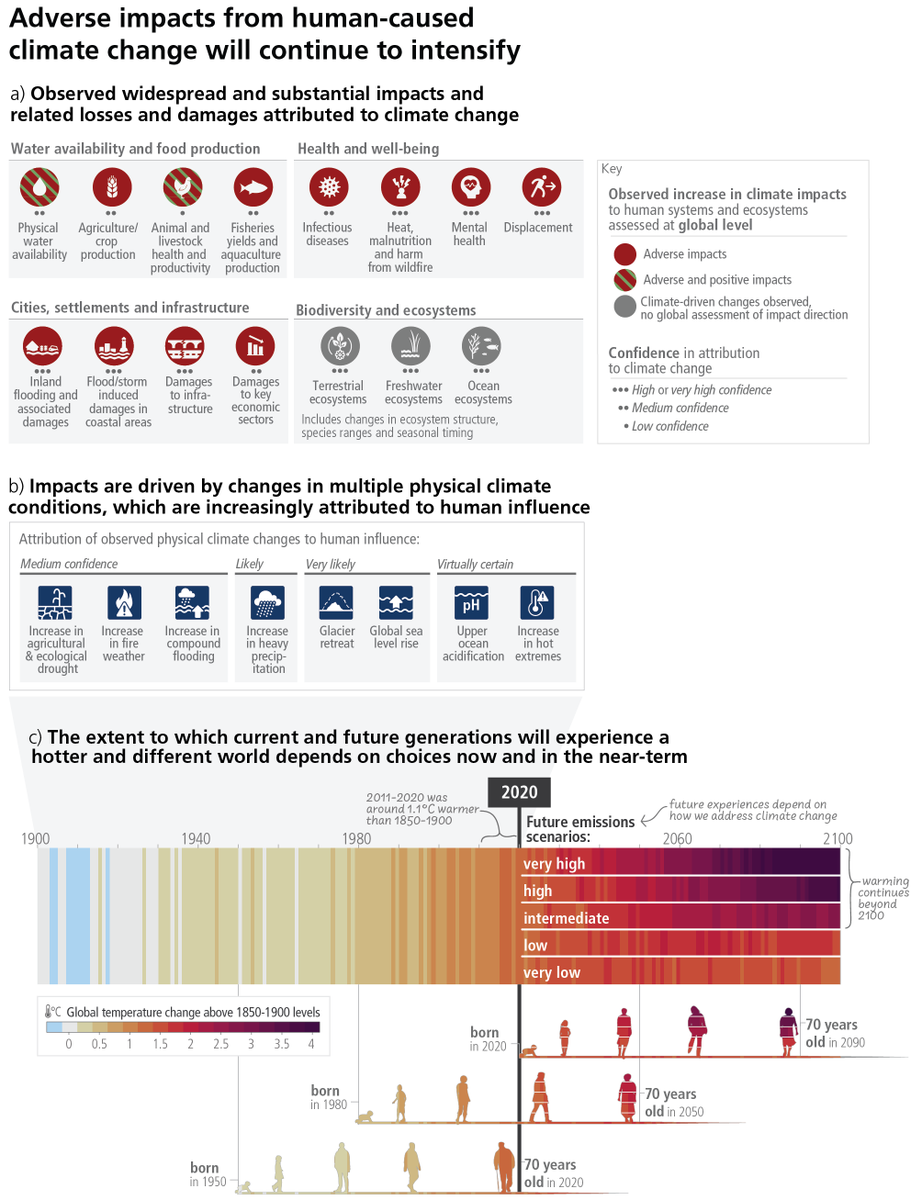New @REN21 global status report on #renewables shows continuing growth. Share in overall (final) energy consumption now 18.2% (latest numbers for 2016) , fossil fuels still at 79.5%
ren21.net/status-of-rene…
#GSR2018
ren21.net/status-of-rene…
#GSR2018

The problem though: While #renewables are growing steadily, total energy consumption does as well.
#RES growth 2005-2015 at 2.3% p.a., only marginally outpacing total energy consumption (1.7%) and fossil/nuclear (1.6%) growth.
ren21.net/status-of-rene…
#GSR2018
#RES growth 2005-2015 at 2.3% p.a., only marginally outpacing total energy consumption (1.7%) and fossil/nuclear (1.6%) growth.
ren21.net/status-of-rene…
#GSR2018

Result is obvious but not known by most policymakers, journalists & public: #Renewables volume has drastically increased, but share in overall energy consumption hasn't.
See @REN21 numbers for 2006 (note that accounting methods have changed since)
ren21.net/renewables-200…
#GSR2018
See @REN21 numbers for 2006 (note that accounting methods have changed since)
ren21.net/renewables-200…
#GSR2018

again, numbers for stastical years 2016 and 2006 not directly comparable (latest numbers generally lower than those until 2015), but if you look at last year's report (for 2015), you can also see that things are moving rather slowly
ren21.net/gsr-2017/
#GSR2018
ren21.net/gsr-2017/
#GSR2018

• • •
Missing some Tweet in this thread? You can try to
force a refresh
















